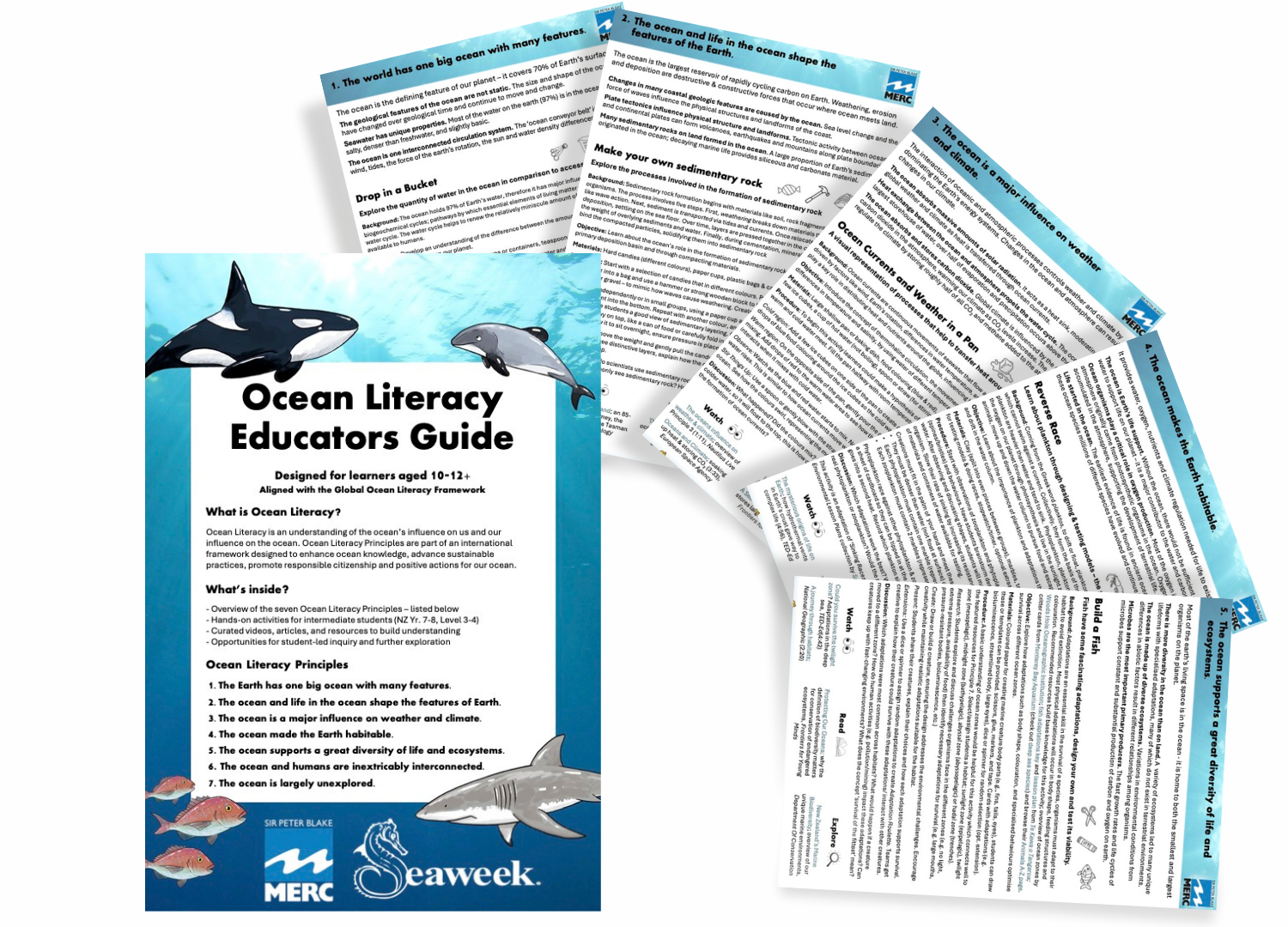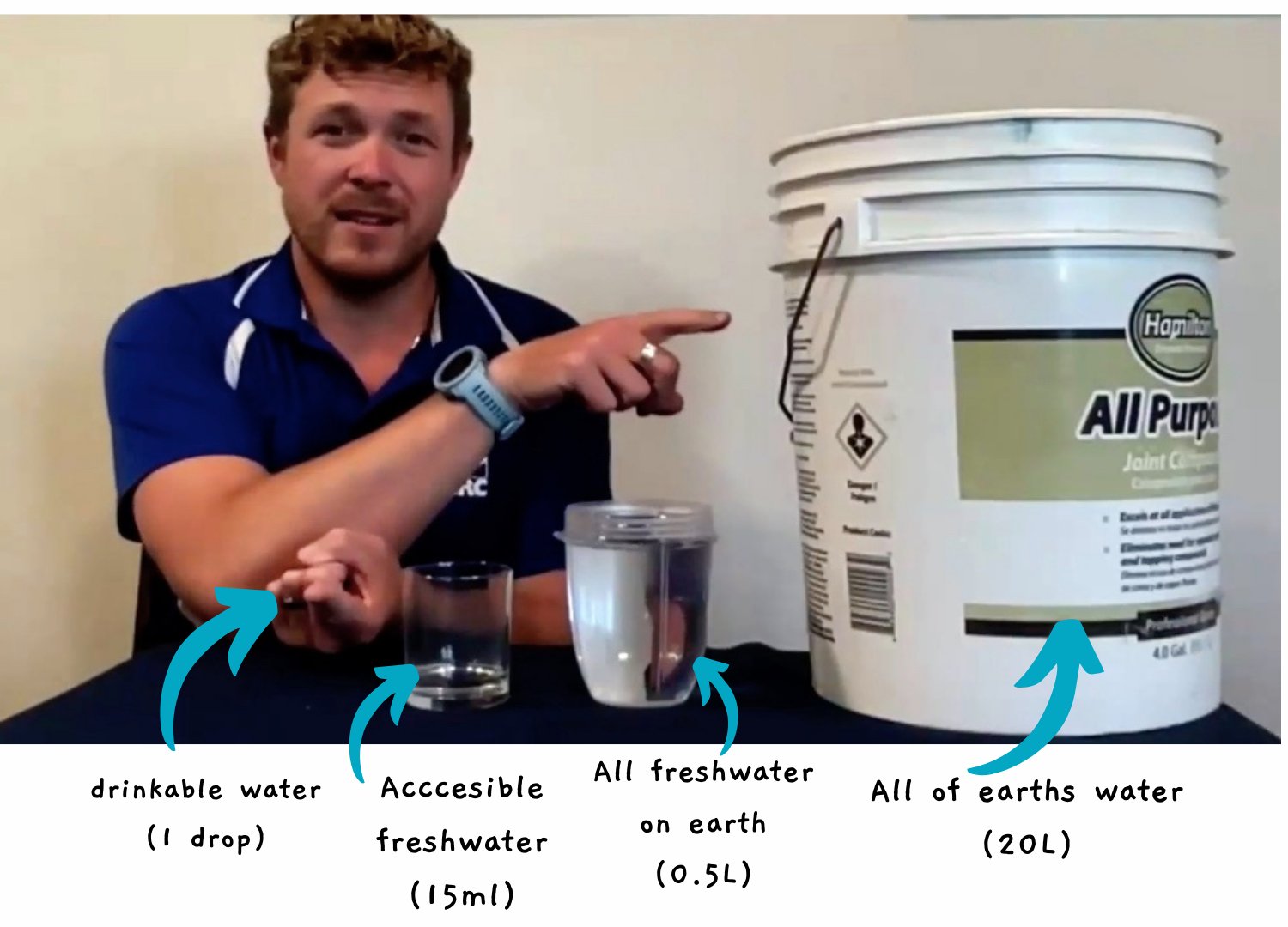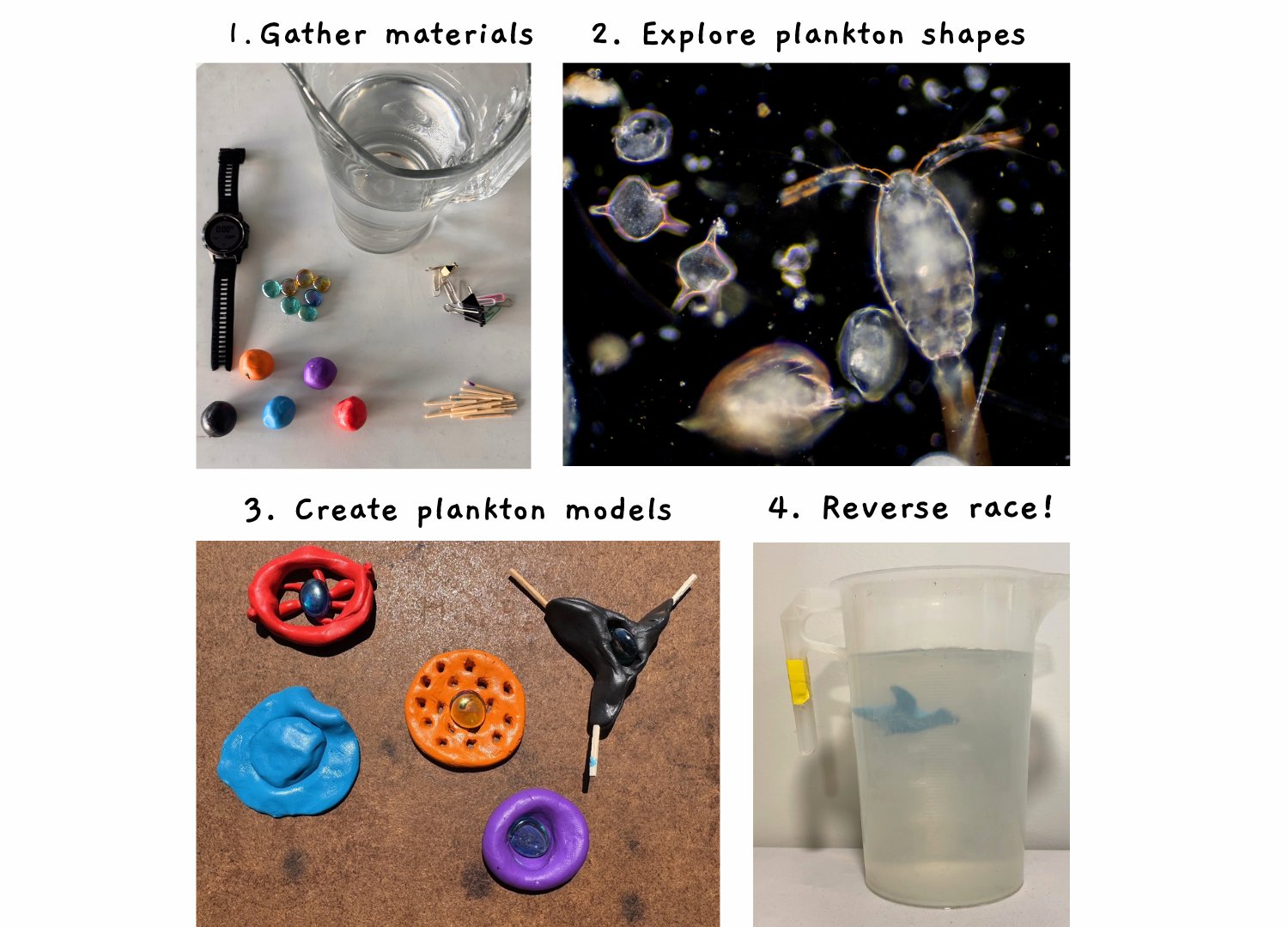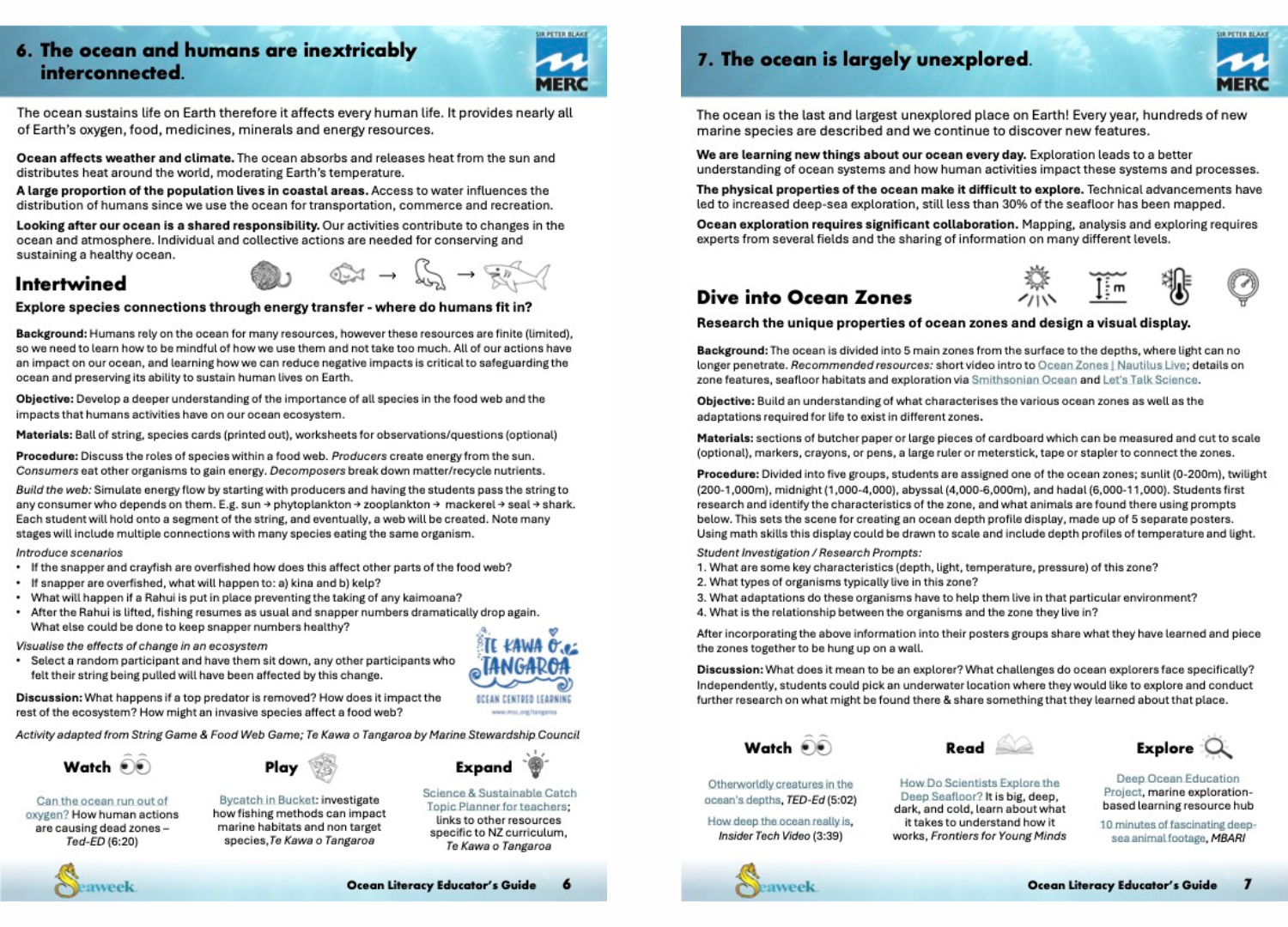.png)
Comprehension of the ocean and its systems is essential to protecting our planet - which is why we feel it's important to support educators! We hope you like this easy-to-use guide to inspire incorporating the seven ocean literacy principles into your learning environment.
Ocean literacy is the understanding of how the ocean influences us and how we influence the ocean
Ocean Literacy Educators Guide - BRAND NEW!
Designed to support and inspire educators of learners aged 10 and up, this new guide contains background information and activities to communicate and bring life to the key concepts of Ocean Literacy. Our intention for this guide was to provide a simple-to-use resource, with fun hands-on activities to engage a wide range of learners in our amazing ocean.
To launch this new resource we held a 'Webinar for Educators' on 12 February, watch the recording of that webinar via YouTube.

Why is Ocean Literacy important to us?
As a nation, we rely heavily on the moana for recreation, culture, biodiversity and economy, By promoting ocean literacy, New Zealand can protect its marine environment for future generations while maintaining its deep connection to the sea.
Key Aspects of Ocean Literacy:
· Understanding the ocean's functions: basic oceanographic concepts like tides, currents, salinity & ocean zones
· Recognizing the ocean's impact on climate: the ocean regulates global temperatures and weather patterns
· Appreciating the ocean's biodiversity: the diverse range of marine life and their ecological importance.
· Awareness of human impacts: the consequences of activities like pollution, overfishing, and coastal development.
What do the activities look like?
The activities included in our guide each connects closely with key concepts of an ocean literacy principle, they are designed to be easy to understand, with plenty of room for adaptation and expansion to fit into various learning environments. Check out two examples of activities from the guide below:

Activity 1. Drop in a Bucket
This first activity simulates the quantity of water in the ocean compared to accessible freshwater, with one drop of 'freshwater' compared to a large bucket of 'salt water'.

Activity 4. Reverse race!
In this activity, students will gain a further understanding of plankton by researching and designing their own models to be raced. The slowest to sink is the winner.
What resources are included?
We've curated a diverse collection of resources; videos, games, articles, and ideas to extend enquiries, designed to deepen knowledge of key concepts/principles. Whether you're in a formal or informal education setting these resources should help connect key concepts from each of the principles to real-world context.
At the bottom of each page, you will find these external links which connect to a wide range of organisations. There are many links to well-known international resources amongst several New Zealand and Oceania-focused ones, reflective of how our ocean connects us all.
This guide features an activity and several other fantastic resources from Te Kawa O Tangaroa. This ocean-centered learning platform by the Marine Stewardship Council features many ocean-themed education resources aligned with the New Zealand curriculum suitable for Years 7-10. We would recommend checking out their whole range of resources if you are looking to expand on the content in this guide!
